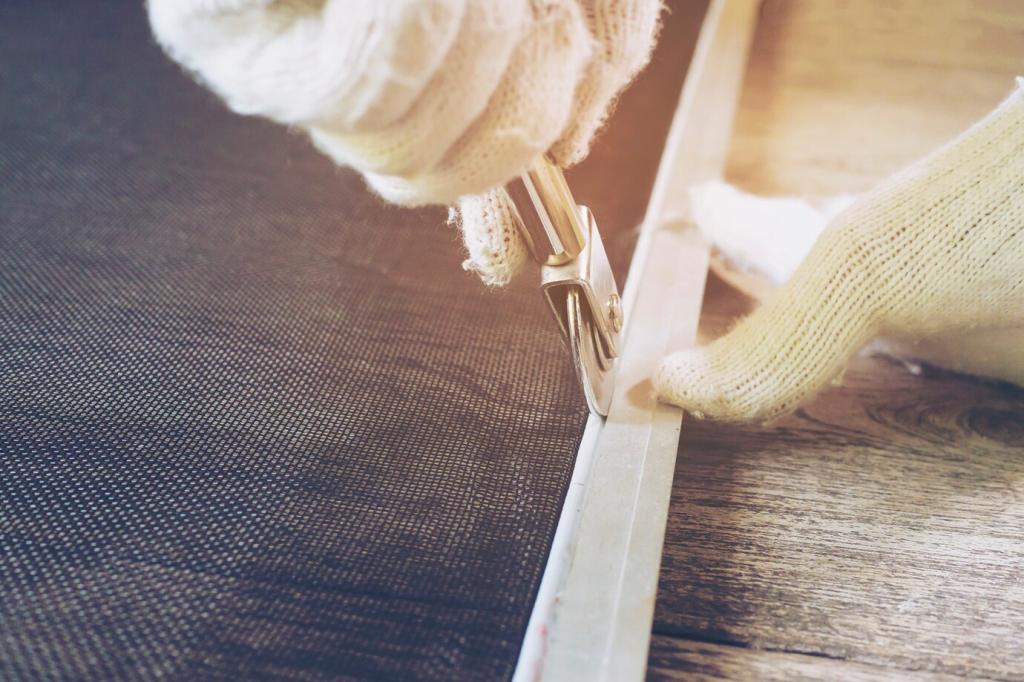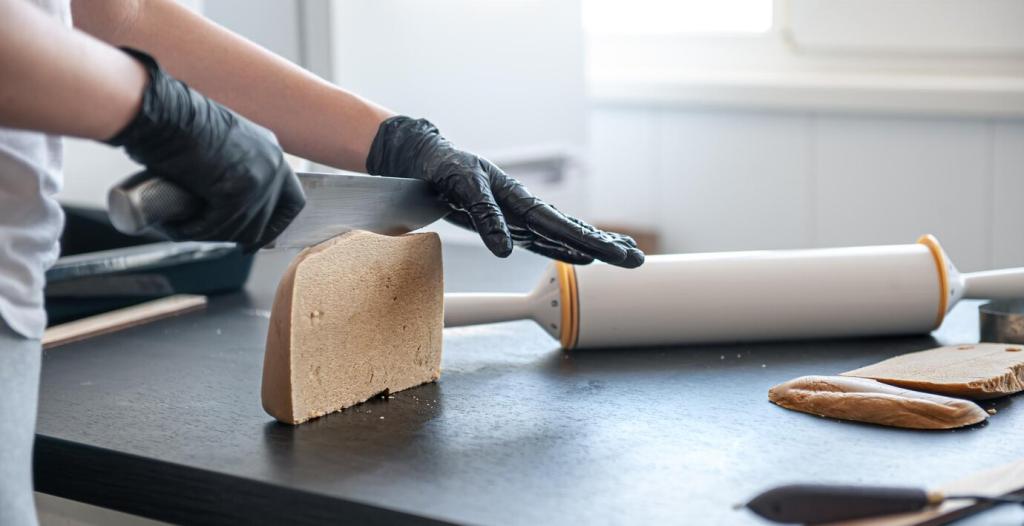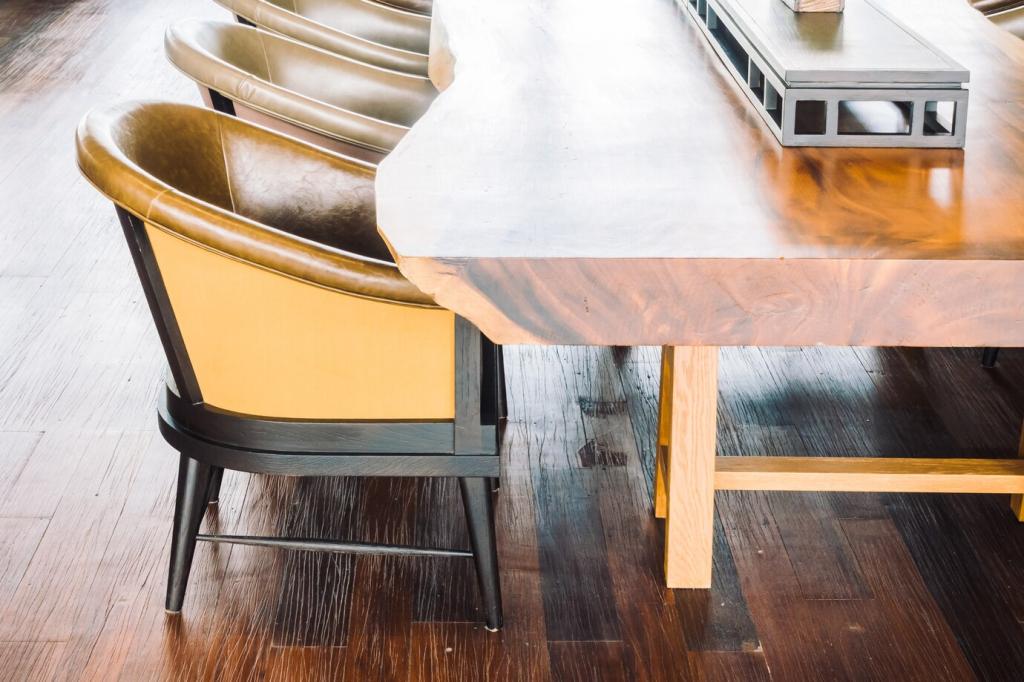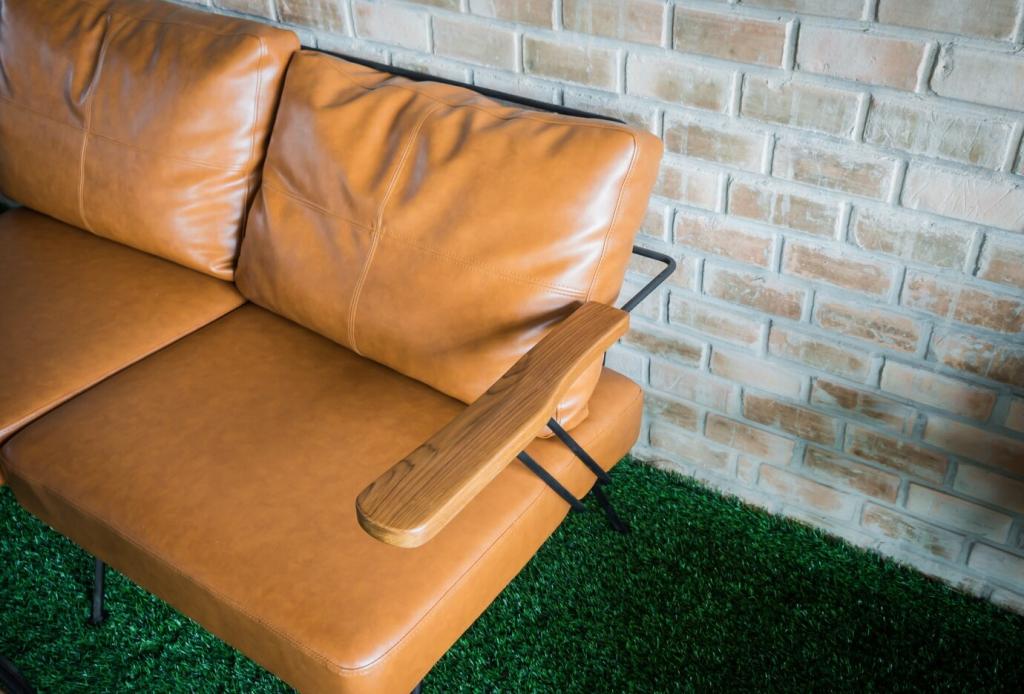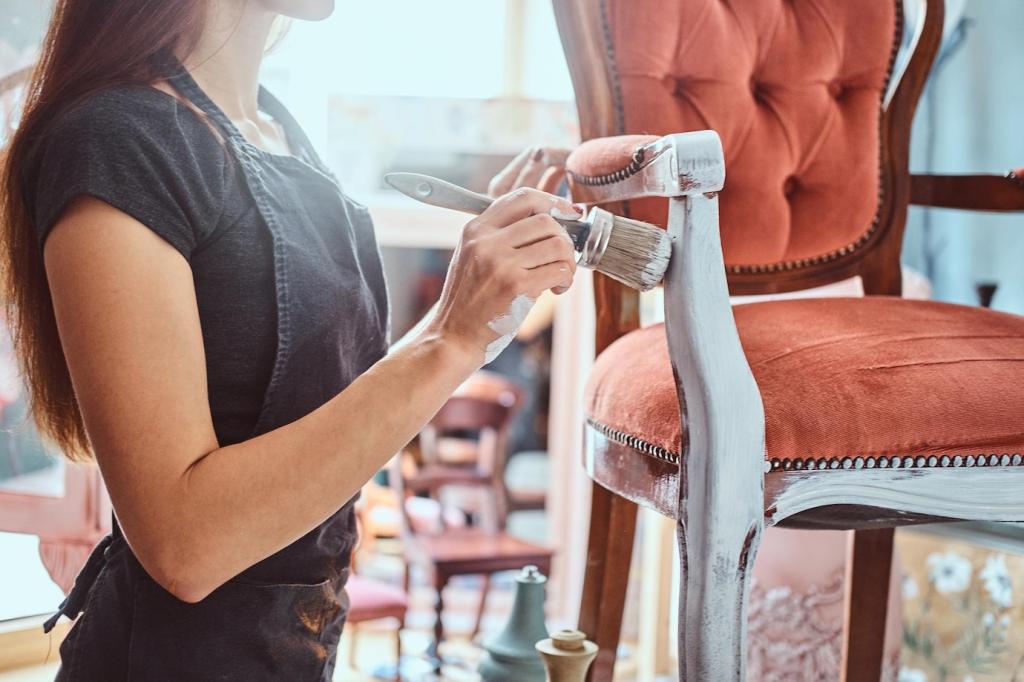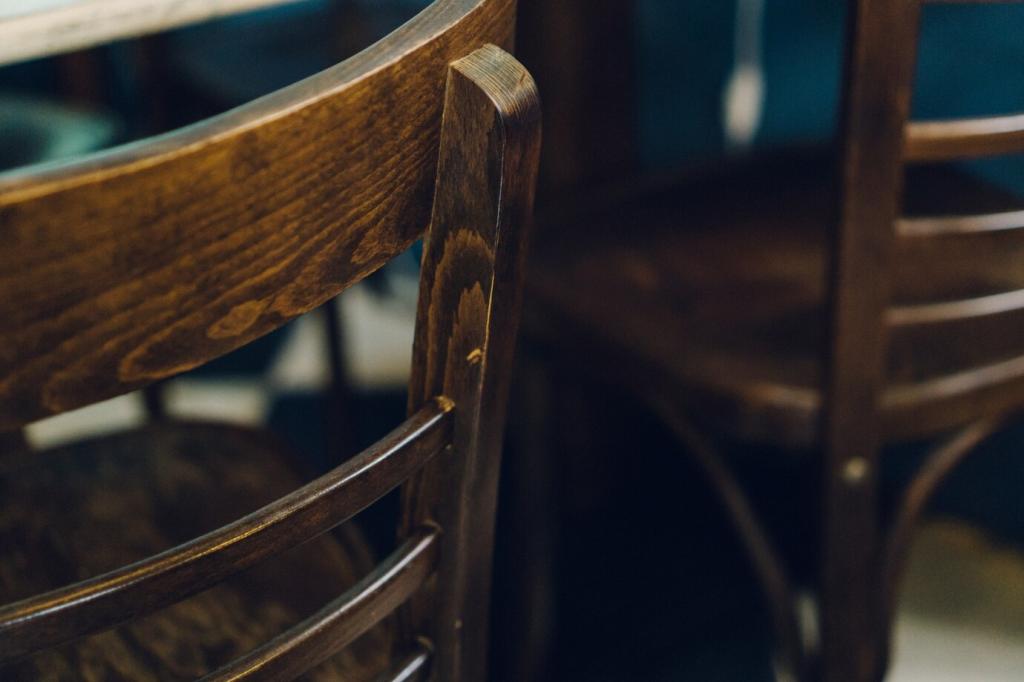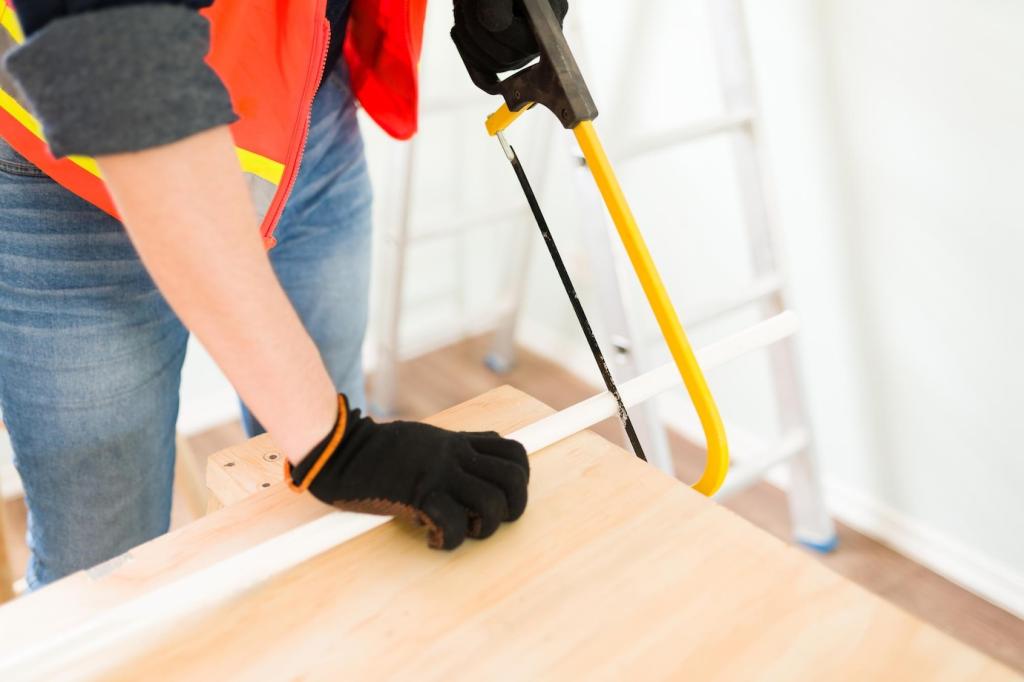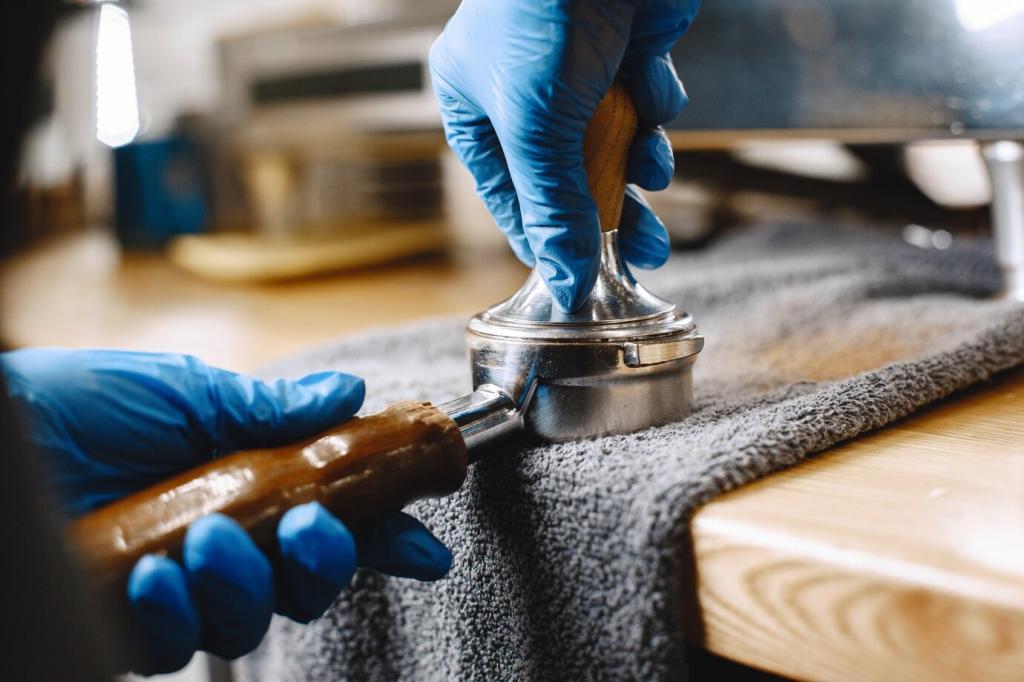Preparation: The Foundation of a Durable Finish
Aim for stable indoor moisture and sand progressively—typically 120, 150, then 180 or 220—following the grain. For water-based finishes, pre-raise the grain with a damp cloth, then sand lightly. This tiny step prevents surprise roughness after the first coat.
Preparation: The Foundation of a Durable Finish
Vacuum thoroughly, wipe with a clean rag, and use a tack cloth suitable for your finish. Isolate the finishing area, turn off air movement during application, and wear clean clothing. A pristine environment rewards you with clarity, depth, and fewer nibs to level later.
Preparation: The Foundation of a Durable Finish
I once hurried through prep on a maple dresser, skipping a conditioner. The first coat revealed clouds of blotches I could not ignore. Stripping and restarting cost hours, yet taught the gospel of patience. Prep invites the finish to succeed.
Preparation: The Foundation of a Durable Finish
Lorem ipsum dolor sit amet, consectetur adipiscing elit. Ut elit tellus, luctus nec ullamcorper mattis, pulvinar dapibus leo.

